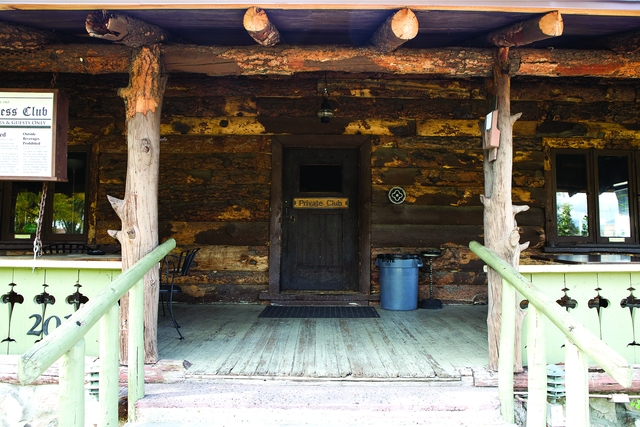Drinking With Ghosts
Memory And History In The Paranormal Spaces Of Albuquerque


Eric Williams

Robert Maestas
Latest Article|September 3, 2020|Free
::Making Grown Men Cry Since 1992


Eric Williams

Robert Maestas
